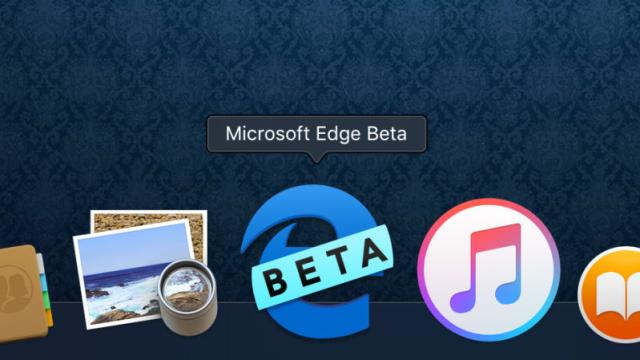Microsoft has been teasing big changes to Microsoft Edge for nearly a year. Two years ago, the company announced that Edge would move to rely on the same Chromium code base as Google’s Chrome. Then came alphas, and betas, and even a build for macOS that I quite liked. The new version of Edge, which kills the ereader but becomes significantly better at reading the web, launches today. And with it, one of the last vestiges of Internet Explorer dies.
Internet Explorer and Edge might not have shared a name but they share the same logo—a shiny blue E that’s come to be a joke for a whole generation of computer users. Until today, Internet Explorer and Edge also shared an engine. All web browsers have one. It’s how they communicate with the internet.
Firefox relies on Gecko, while Safari relies on Webkit. Edge, until today, ran on EdgeHTML, a fork of Trident, the engine behind Internet Explorer.
When Microsoft decided to use EdgeHTML, it made sense. Internet Explorer had once been the biggest web browser around and consequently, lots of web page designers focused their energies on making their sites work for IE. But Chrome had a foothold when Edge launched and Microsoft’s new browser just never gained the popularity it needed. Instead, more and more web page designers focused on making the best looking sites the could—for Chrome.
Chrome uses the Blink engine and the source code originates with the open-source Chromium project. The Edge that launches today will rely on Blink and Chromium too.
That means Edge users will find far fewer broken websites. It also means that as the reach of Blink expands Google will be there too, overseeing the engine that most of us will use to browse the web.
The new version of Microsoft’s primary web browser can be found at microsoftedge.com right now. I’m told it’s essentially the exact same thing as Beta Build 79, which has been in the wild November 4, 2019.
I’m also told it will ingest data from the previous version of Edge (or IE), but will not replace them. It will also be able to import data from Chrome, Safari, Firefox, or other browsers. Though it will still require a Microsoft Account to sync data across multiple instances of the Edge browser.
If you’re ready to ditch the old Edge and try out the new one, you can go download it and start using it right now. Automatic updates to current Edge users (so anyone on Windows 10) will begin next week. The initial automatic update will roll out to a super tiny portion of current Edge users—think 1-per cent of the total install base.
The process to move the total install base to the new Microsoft Edge is expected to take four to six weeks. The exception will be people using an enterprise-focused version of Windows 10. They’ll have to wait until their IT person is ready. Most IT professionals nowadays prefer to have control over when their users upgrade. Besides making them feel very powerful (I’m sure), delayed updates controlled by IT mean more time for IT to work out any bugs related specifically to the workflow of their company. Got an archaic Internet Explorer-only web portal? IT probably doesn’t want you upgrading to the new Edge!
